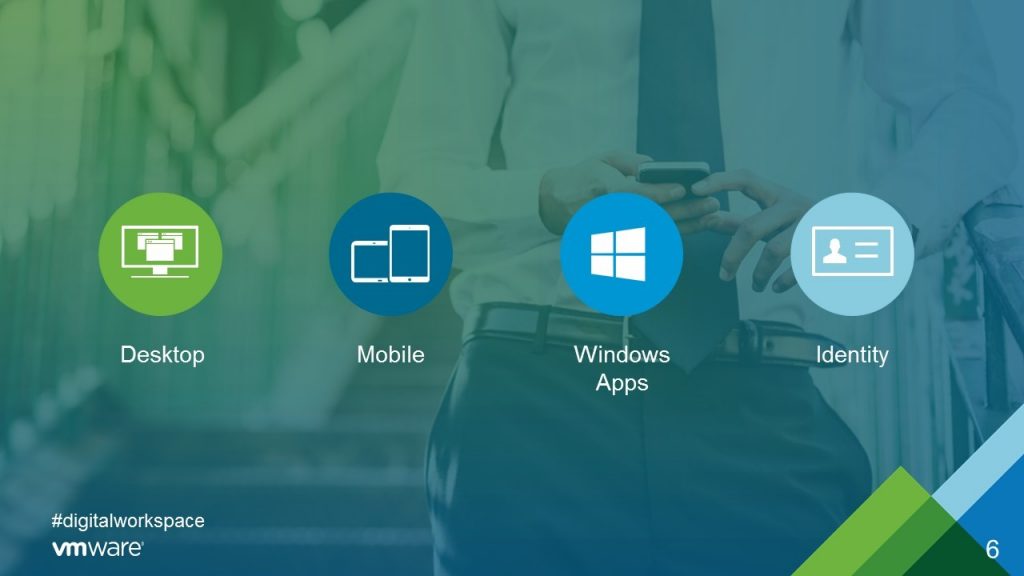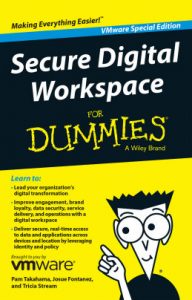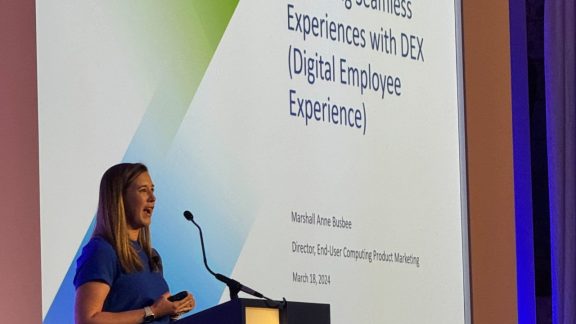A day doesn’t go by when we don’t read an article about how businesses are incorporating digital as a core component for strategic transformation. The most amusing story I’ve heard recently that illustrates this digital business transformation is Domino’s.
I’m sure you—like millions of others—have seen the below commercial and even ordered a large two topping pizza from Domino’s on your smartphone, with a tweet or even with a voice command using Amazon Echo:
https://www.youtube.com/watch?v=SUS5NJ6TPZM
I’m constantly saying that IT innovation has the power to influence and even completely change a workflow, a go-to-market strategy, an industry. And the innovative IT team at Domino’s did just that. As Wired’s Brian Barrett said in his article, How Domino’s Put Automagic Pizza on Every Device. Like, Every Device:
“The willingness to take risk and break stuff often makes Domino’s the first, and sometimes only, retailer trying new tricks. Consumers respond to that.”
When I reflect on this story in terms of IT’s end-user computing (EUC) strategies—something I talk with prospective and current customers about every day—I see an eye-opening correlation.
What the Domino’s example teaches us is that people want to choose how they connect and interact with companies. That’s true on the consumer side, and it’s doubly true on the professional side. We expect businesses to wow us through interactive technology-based experiences. Unfortunately for most organizations today, IT’s current EUC strategies are not built to facilitate the digital transformation needed to quickly adapt to end-user demands and rapid economic shifts.
[Related: 2 Massive Innovations Reshaping the Future of End-User Computing]
Combatting Legacy IT Silos
The IT departments behind industry heavyweights—like Domino’s—don’t just deliver products: they deliver digital experiences. For EUC, this digital transformation not only impacts customers, but also employees—the thinkers and doers who make that economic, go-to-market transformation possible.
But with the EUC silos currently in place, it is nearly impossible to shift with the speed required for economic success. When we look at the EUC landscape across industries, there are still four key IT silos slowing and sometimes inhibiting digital experiences and innovation:
- Desktop
- Mobile
- Windows Apps
- Identity

The silos above make delivering a device-agnostic contextual experience next to impossible. The good news is that companies like VMware are working with customers and technology partners to help IT break down those silos with the emerging digital workspace.
From Silos to Contextual Digital Experiences
 You’ve probably heard analysts and bloggers talking about the next phase of computing: digital workspaces that delivery identity-based contextual experiences. But what exactly does that mean?
You’ve probably heard analysts and bloggers talking about the next phase of computing: digital workspaces that delivery identity-based contextual experiences. But what exactly does that mean?
A contextual experience is an intelligently secure, device-agnostic digital workflow that streamlines processes based on information about the user, device and application. This could be as simple as enabling single sign-on to a worker’s apps, streamlining workflows so they’re more productive. It could be equipping manufacturing workers with the digital workspace on rugged devices, so they can access, collaborate on and share specs in just a few clicks. For retail, it’s giving associates a tablet with real-time access to inventory based on the store location, so they can help customers and close more sales faster. The possibilities are potentially endless across industries and use cases.
But to get to that phase where the digital workspace contributes to business goals, we must break down the silos in IT.
[Related Video: Sumit Dhawan Discusses the Digital Workspace Impact]
Innovating Towards a Silo-less IT
Our goal with VMware Workspace ONE is to integrate all of these silos into a single, unified digital workspace. We want to provide contextual experiences driven on the user’s identity. Through this unique offering, IT can deliver self-service and secure access to the apps users need—Windows, web, native, virtual, cloud—whether it’s a VMware, third-party or in-house app. It works on every device and all screen sizes. Workspace ONE is a wholly unique technology, and I know, based on my conversations with customers across every industry and analysts from nearly every firm, that this digital workspace is the future of IT.
Why is the digital workspace the future? Because today’s rapidly moving economies require that someone within the organization enable creativity, new customer offerings and a competitive advantage. With digital workspace technology and the innovations in the software-defined data center, before my very eyes, IT is transforming from an expense to a valuable stakeholder driving growth.
But first, we have to break down the IT silos.
Because you liked this blog:






